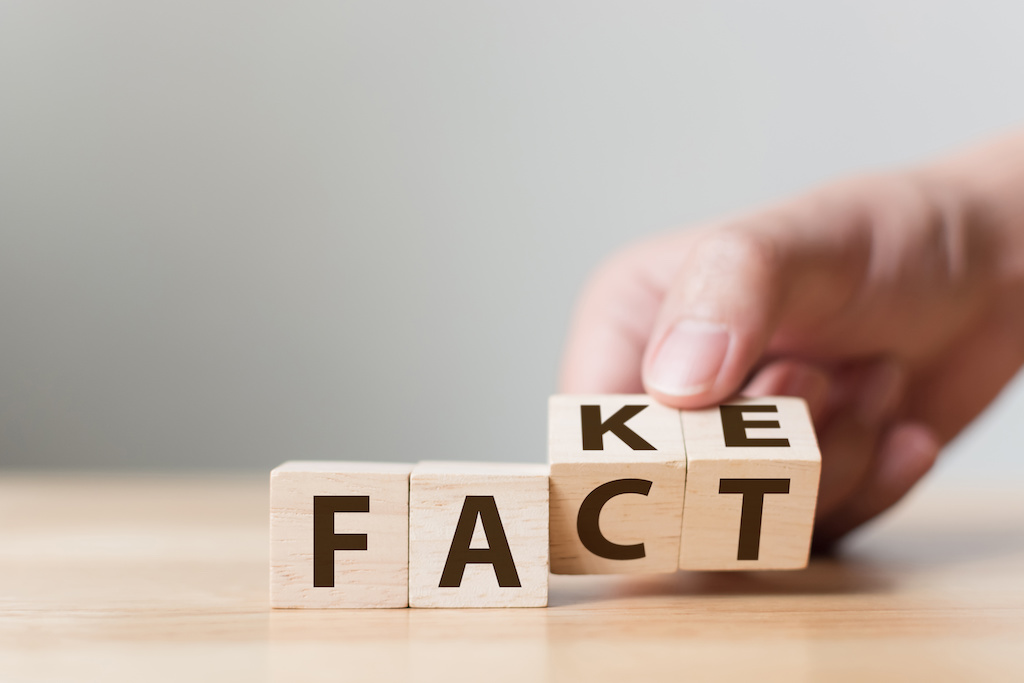Fake news, encompassing both misinformation and disinformation, has become a significant global risk, impacting societies, economies, and political landscapes. This phenomenon is exacerbated by technological advancements, particularly in artificial intelligence (AI), which can generate convincing yet false content. The spread of fake news is facilitated by social media platforms, where algorithms often prioritize engagement over factual accuracy.
The Role of Technology in Fake News
AI-Generated Content
AI has revolutionized the creation and dissemination of fake news. Tools like deepfakes and AI-generated text can produce highly convincing content that is difficult to distinguish from reality. This technology allows malicious actors to automate disinformation campaigns, reaching a wide audience quickly and effectively.
Social Media Algorithms
Social media platforms play a crucial role in spreading misinformation. Their algorithms often prioritize content that generates high engagement, which can lead to the amplification of fake news. This creates echo chambers where users are exposed to information that aligns with their existing biases, making it harder to discern truth from falsehood.
The Impact of Fake News
Societal and Political Consequences
Fake news has profound societal and political implications. It can influence voter intentions, sow discord in conflict zones, and damage the reputation of products or services. The World Economic Forum has identified misinformation as a top global risk, highlighting its potential to exacerbate geopolitical tensions and societal polarization.
Economic and Environmental Risks
Beyond its immediate social impacts, fake news can also affect economic stability and environmental awareness. Misinformation about environmental issues can hinder efforts to address climate change, while economic misinformation can lead to market instability and financial losses. As the world faces increasing environmental challenges, the spread of false information complicates efforts to build consensus and take action.
Mitigating the Spread of Fake News
Fact-Checking and Media Literacy
To combat fake news, it is essential to promote fact-checking and media literacy. Encouraging critical thinking and verifying information through reputable sources can help mitigate the spread of misinformation. Additionally, using schema microformatting and earning links from high-authority sources can enhance the visibility of trustworthy content online.
Regulatory and Technological Solutions
Regulatory measures and technological innovations are also crucial in addressing the issue. Governments and tech companies must work together to develop policies and tools that can detect and counter AI-generated disinformation. This includes improving algorithms to prioritize factual content and implementing stricter regulations on social media platforms to ensure accountability for spreading false information.

